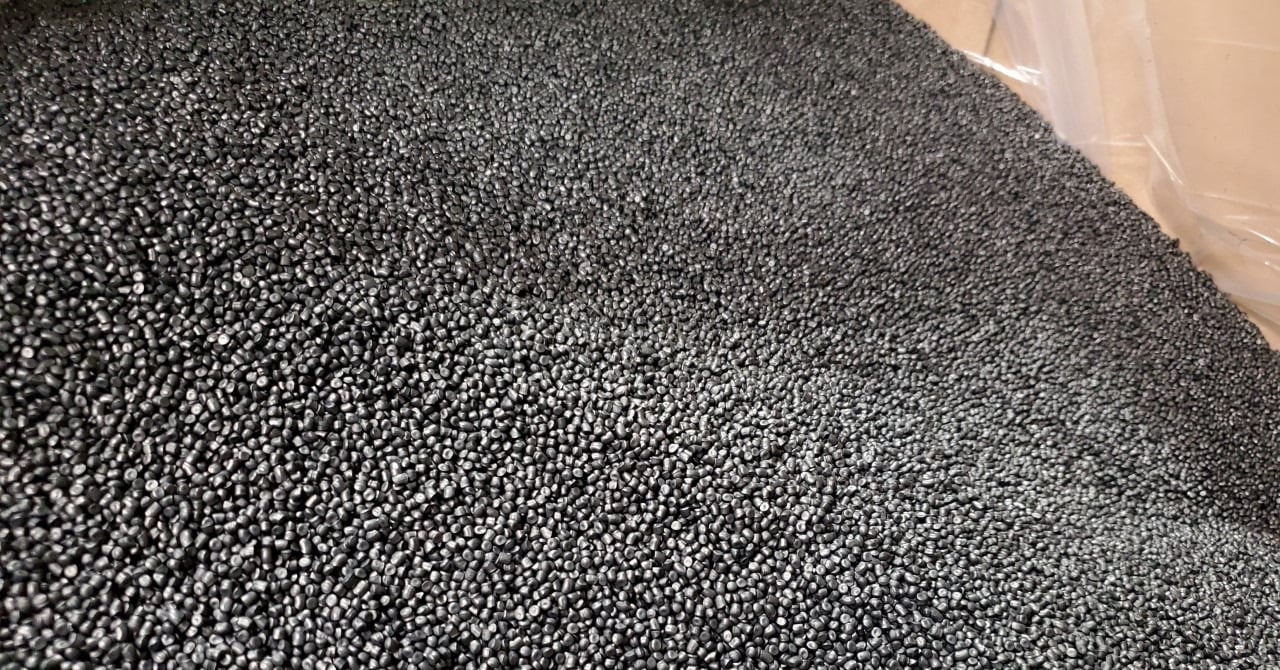Earlier this year, we reviewed how the cold-weather snap in February 2021 caused havoc to the resin supply necessary to manufacture HDPE pipe. All five of the U.S. resin manufacturing plants are located on the Gulf Coast. These plants are operated by Dow Chemical, LyondellBasell, ChevronPhillips, Ineos and Formosa. As the Gulf Coast enters the annual hurricane season, it is a good time to review the breakdown in the supply chain and see what manufacturers, distributors and contractors can do to avoid another shortage.
In a recent presentation at the Utility Solutions Conference Spring 2021 called “The Perfect Storm: the 2021 PE Shortage and How We Got Here,” Logan Bridges and Mark Dignazio of United Poly Systems discussed the recent supply shortages. Bridges, Vice President, Marketing Strategy and Commercial Operations and Dignazio, Vice President Sales, reviewed several drivers of this year’s shortage of resin material for HDPE pipe and what can be done in the future to safeguard the supply chain.
“Resin material delay is the first in a line that affects the HDPE production process,” reported Bridges. “Logistical issues were another form of delay that impacted supply constraints and affected manufacturing getting raw material as well.” Additives, such as those used for coloring and striping, were also a problem. “Much of the additive base is manufactured from the same raw material, which leads to further delays. Almost every stage of the HDPE manufacturing process is facing some form of supply constraint or demand surge.”
Processing supply constraints include:
- Weather-related disruptions to trucking, rail and pipeline logistics
- Interruptions to the electrical grid, water supply and commercial contractor availability, for both business and individuals
- Lack of raw material
- Limited number of certified resin manufacturers (only five are in operation today)
In the same presentation, Mike Burns, Vice President, Polyethylene Markets for RTI Global, said “the big challenge to getting back to a normal resin supply is a 90-day time frame of uninterrupted resin production without any material supply issues, pricing spikes or abnormal weather. Recovery will probably take through the end of 2021 if we can have this period of stability.”
What can the industry do to avoid future disruptions?
- Broaden specifications for medium-density and high-density polyethylene pipe to give gas utilities more flexibility in unstable markets
- Use recycled material for conduit production
- Weatherize infrastructure, chemical plants and factories for extreme weather events. This includes the use of HDPE pipe for water, gas, renewables and conduit which can handle extreme weather temperature better than PVC or other types of plastic pipe.
- Increase capacity for both pipe and resin production
How can HDPE customers prepare?
In times of allocation, especially for specialty products such as gas resins, the lead times and availabilities can be extremely lengthy. The raw materials to make high-grade resins are in tight supply. But there are actions customers can take to avoid another shortage scenario:
- Gas utilities or integrated suppliers can relax/review protocols that allow qualified pipe manufacturers to become certified to supply pipe for their distribution regions
- Review protocols from qualified gas resin producers to increase the number of certified resin suppliers
- Maximize production capabilities from more than one supplier, reducing lead times and controlling costs
- Work with distributors and manufacturers to anticipate future needs for pipe and resin and plan accordingly
About United Poly Systems
United Poly Systems produces quality HDPE pipe in diameters from ¾-in. to 26-in. IPS, 4-in. to 24-in. DIPS and ¾-in. to 2-in. CTS for use in many industries including telecommunications, power utility, water, electrical and oil and gas. The market for HDPE pipe continues to expand as initiatives to improve, repair and expand the country’s infrastructure are implemented.
Our off-the-shelf HDPE conduit/pipe is available in a variety of sizes, colors, dimensions and lengths, with or without stripes. We also offer fully customizable HDPE conduit options. In addition, piping can be customized with a ribbed interior (to maximize the distance cable may be pulled or jetted), pull tape, or a lubricated interior (for easier installation).
Success at UPS can be attributed to our vast experience, extensive client relationships, state-of-the-art manufacturing and quality processes. Our agile business model that allows UPS to quickly meet customers’ needs without the overhead expenses that are incurred by many of the larger producers in the industry.
Conveniently located in Springfield, Missouri and Albuquerque, New Mexico, United Poly Systems can provide quick delivery to a majority of the U.S. market.

